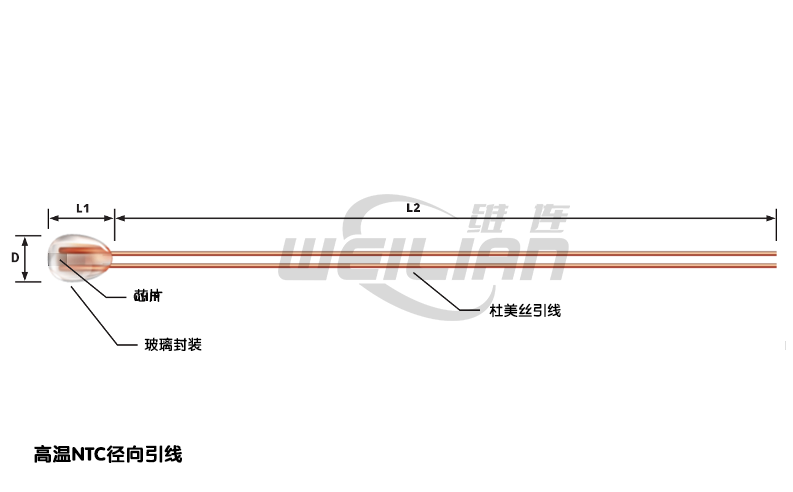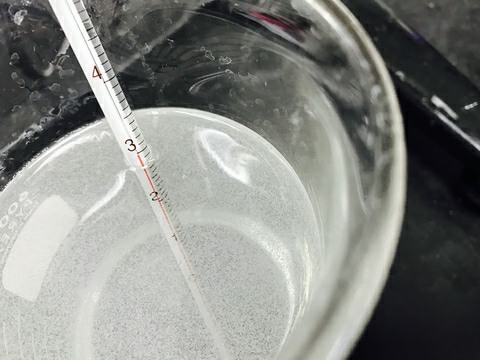
NTC heat -sensitive resistance measurement and immersion rod effect
In this application, it will discuss the impregnation rod effect and the proper coordination and geometric shape of the proper coordination and geometric shape of the immersion depth, temperature range, and sensor.
We will imply the rod effect with the application of the liquid or gas environment, because when you immerse the temperature sensor into the gas or liquid, it will produce a new heat guide path caused by the probe pole. Therefore, the heat is transmitted from the tip of the sensor to the external atmosphere through the rod of the probe.

One problem is that this phenomenon is likely to cause the tip measurement of the temperature sensing probe to different temperatures from the surrounding gas or liquid. Another problem is the depth of immersion.
If the temperature sensor is immersed too deep or not deep enough, the temperature measurement may be inaccurate. Since this is a natural phenomenon, how do you ensure that the most accurate temperature measurement results are obtained?
Use the list below to help you reduce or eliminate the implantation rod effect
Here, you will find some useful tips and guidelines, which will help you get the best results when measuring temperature.
1. What's in your temperature sensor?
The geometric shape of the selected temperature sensor probe also plays a vital role in achieving accurate temperature measurement and reducing the effect of immersion rod effect. We provide data tables for each component we manufactured, which lists all electrical and mechanical specifications, including materials used.
Learn more about our DG series of glass packaging NTC thermistor.

This information helps you determine the most effective immersion depth. If you can't find a piece of information on the data table, please contact us, we will help you determine whether the information is actually related to your situation.
2. Appropriate matching
Temperature sensing probe relies on its surrounding environment to transmit its temperature to sensor elements. Therefore, it is important to know that if you are trying to measure the air; air also acts as effective thermal insulation, which will affect the accuracy of measurement.
One way to eliminate this problem is to reduce the air gap by ensuring good thermal contact with the temperature source. If the probe is not good, the difference in the air gap can easily cause the temperature to measure inaccurate.
3. Temperature range
Given the temperature range of the temperature sensor probe will affect the accuracy of the measurement, especially when the probe is short or irregular. In other words, the farther the distance between environmental air and interest, the more likely you will experience the "dry conduction" or "heat dissipation" effect. And you can determine that this will cause adverse effects and change your temperature measurement accuracy.
Moreover, as you know, the radiator can be an environment or object, and it can use heat contact to absorb and emit heat from other objects, regardless of whether it is radiation or direct contact.
For example, assuming the temperature at the end of the probe is 500 ˚F or 260 ˚C, and the handle of the probe or fixed part is in the environmental air. The handle or fixed part of the probe will be used as a radiator; it may change the accuracy of your temperature measurement.
4. The best practice of immersion depth
Although acceptable immersion depth varies from your unique situation, you can apply the following formula for most industrial temperature calibration applications.
Calculate the depth of experience formula
Formula: D = diameter x 15 inches + length = immersion depth
Example of calculation of given information:
If the diameter you use is 0.250 inches, but the length of the internal sensor is 1 inch, you need to immerse the probe in at least 4.75 inches to verify the measurement value, please use the formula above.

